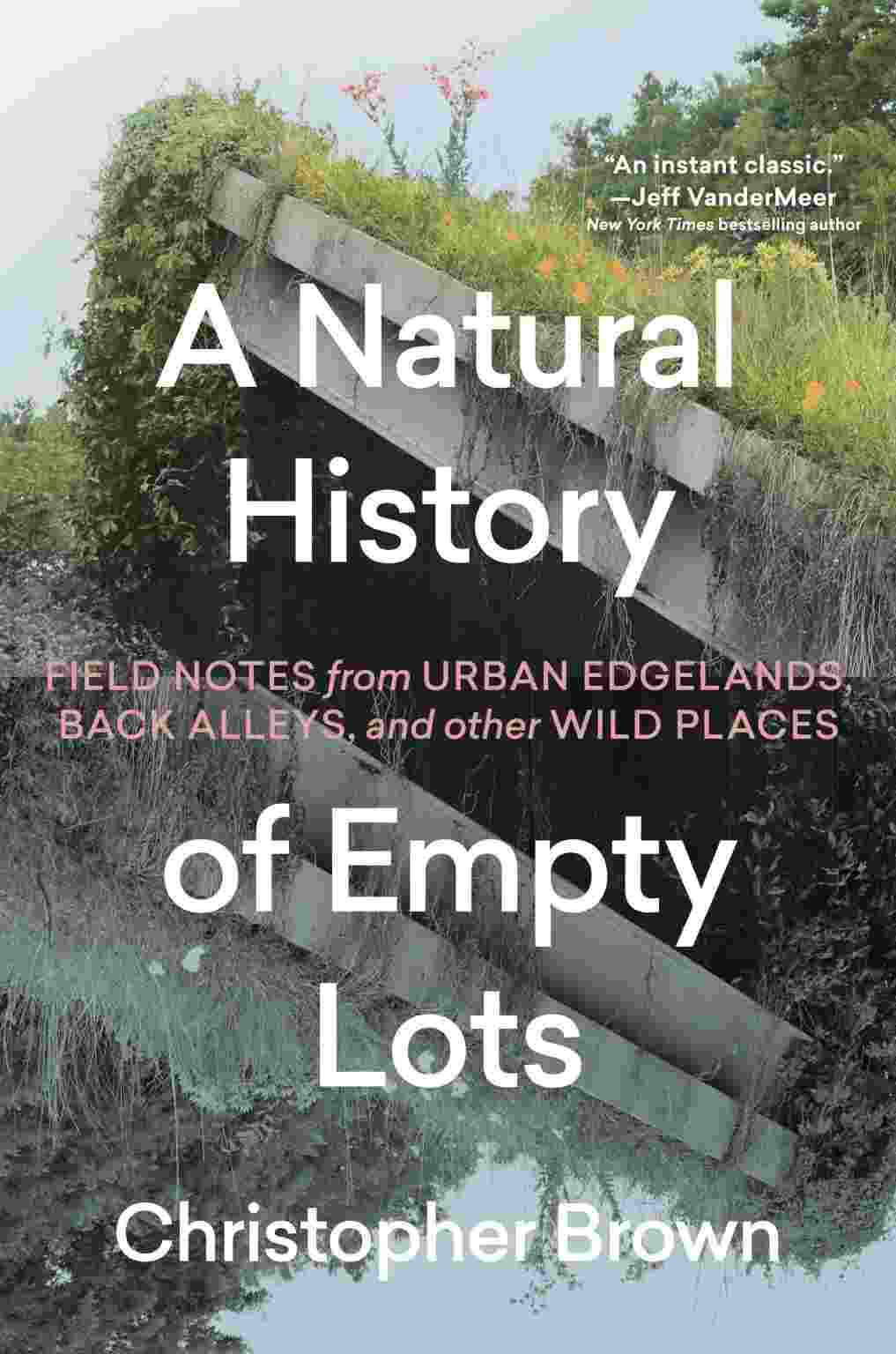@AlexanderVI@stranger.social yeah he has a British character and when he tries to do the accent it's definitely nails on chalkboard
User Profile
Interests: climate, science, sci-fi, fantasy, LGBTQIA+, history, anarchism, anti-racism, labor politics
This link opens in a pop-up window
Sally Strange's books
User Activity
RSS feed Back
Sally Strange replied to AlexanderVI's status
Sally Strange reviewed After The Revolution by Robert Evans
Definitely worth it, it's short and mostly fun, but also brutal and sad.
4 stars
Excellent transhumanist post-apocalypse sci fi adventuring, reckless and fucked up in all senses of the phrase, but also a meditation on trauma and how we cope with it. Worth checking out for the following:
-Rolling Fuck, a mobile city full of posthumans who are mostly high out of their minds -the Big Bad being really awful Christian supremacists -the awful Christian supremacists getting their fucking asses kicked from here to high heaven. Or hell, more likely.
Technically that's a spoiler, but that outcome is something of a foregone conclusion. The truly interesting parts of the plot are about how the people on the "right" side, if there is such a thing, try to prevent themselves from turning into monsters in their fight to stay free, and how they deal with it when they kinda turn into monsters anyway.
One point deducted only because the writing is a bit stiff in …
Excellent transhumanist post-apocalypse sci fi adventuring, reckless and fucked up in all senses of the phrase, but also a meditation on trauma and how we cope with it. Worth checking out for the following:
-Rolling Fuck, a mobile city full of posthumans who are mostly high out of their minds -the Big Bad being really awful Christian supremacists -the awful Christian supremacists getting their fucking asses kicked from here to high heaven. Or hell, more likely.
Technically that's a spoiler, but that outcome is something of a foregone conclusion. The truly interesting parts of the plot are about how the people on the "right" side, if there is such a thing, try to prevent themselves from turning into monsters in their fight to stay free, and how they deal with it when they kinda turn into monsters anyway.
One point deducted only because the writing is a bit stiff in places; the ideas and the story are fantastic but high literature it is not.
Sally Strange finished reading After The Revolution by Robert Evans
Amanda reviewed After The Revolution by Robert Evans
Review of 'After the Revolution' on 'Storygraph'
5 stars
I can’t recommend this book to anyone I know but I enjoyed reading it. It’s been a long time since I read something this transhumanist and that was fun.
Unfortunately this book suffers from the Cory Doctorow shortcoming of having absolutely no idea how drugs work.
Sally Strange replied to Amanda's status
@amanda@bookrastinating.com No offense intended, but I think the author of "A Brief History of Vice" has some idea how drugs work.
Star12Mt replied to Sally Strange's status
@SallyStrange Me too! I listened to the audio version and the narration was great
Sally Strange started reading Automatic Noodle by Annalee Newitz (duplicate)
Sally Strange rated Zero-G: 2 stars

Zero-G by Rob Boffard (Outer Earth, #2)
The clock is ticking down again for Riley Hale.
She may be the newest member of Outer Earth's law enforcement …
Sally Strange reviewed Zero-G by Rob Boffard (Outer Earth, #2)
The science in a scifi action/adventure should be vaguely plausible
Content warning Basically the whole book recapped. Kinda funny though
Well. The comedic value of the utter silliness of the last few chapters almost made finishing the book worth it, lol.
To recap: the first book, "Tracers," was OK. Our MC is Riley Hale, orphaned at a young age, saved from assault by the leader of a tracer crew. Tracers are kids who make a black market living by being couriers for Outer Earth, the space station where the last remnants of humanity hang on, in orbit around a nuclear-blasted Earth. Riley basically does parkour all over a space station and this shit is really cool. She kills the bad guy who wanted humans to go extinct and helps arrest the bad guy who brainwashed that other guy into threatening the station because she wants power. Her name is Janice Okwembu, the only person with an African-coded name in the story. Incidentally, Rob Boffard is a white South African.
"Zero-G" picks up a few months later. Riley is now a fucking cop. Less cool, but whatever. Also, her boyfriend Prakesh, who happens to be a brilliant scientist, invents genetically engineered plants that basically eliminate the problem of hunger on the station. Yay Prakesh! But then! A terrible viral disease strikes the station. I’m sure there’s no connection there.
And then! An evil doctor, let’s call him Dr. Evil, decides to manipulate Riley by implanting tiny bombs in Riley's popliteal fossa, which are diamond-shaped areas in the back of the knee where there are no muscles. If she doesn't obey him, he'll trigger the bombs and even if she doesn't bleed to death from having her knees blown up, she'll never run again. OK. Points for creativity I guess. Why Dr. Evil is doing this doesn’t matter. It’s explained, but it’s irrelevant.
So what does Riley do? She considers the fact that although Dr. Evil can hear everything she hears and says, he doesn't have visual access, so she could easily inform her friends via writing or signs of her predicament and then says "Nah I'm doing this alone." Cool.
Anyway, there's that viral disease. Terrible stuff. Like 100% mortality. Dr. Evil gets sick, and Riley’s knee bombs have a dead man switch, so she has to figure out how to save Dr. Evil or else no more legs for Riley!
OK, ready to be shocked? Turns out Prakesh’s GMO beans caused the virus! GMOs are bad dontcha know. Riley figures it out because she notices that everyone who ate the beans during their experimental phase don’t get sick, and apparently Boffard thinks that people can ingest a viral infectious agent which will then become airborne, and the more successful the genetic modification, the more deadly the disease from the GMO beans. Something like that. Yay Riley, she tells the non-evil doctors and they make a cure. She finds Prakesh and literally tells him that it's his fault that hundreds of thousands of people died. Bad Riley! Do not tell your sensitive scientist boyfriend that he did an accidental genocide. This breaks Prakesh.
And then! A group of people decide they want to go back to earth and try to hijack the asteroid catching ship that’s coming in to dock with its asteroid. We’ll call them Earthers, as Boffard does. This means the station will die because although they have giant oak trees and enough soil in which to grow giant oak trees, they don't have any solar power or any other kind of energy backup system. Just a fusion reactor and a few batteries. And they need the asteroid’s metals to keep the fusion reactor running. Shit, they don't even have windows to let the oak trees soak up genuine solar-generated photons. So the cops, Riley among them, head to the space station dock to try to stop them.
They have a gunfight on a hanger deck with an airlock. Sorry, a gun- and rocket launcher fight, plus they're using small space tug boats as weapons. Inside the deck. Nobody in this story is as smart as Riley, and Riley is pretty dumb.
Predictably, this breaks the airlock and causes Outer Earth's first ever decompression, thereby killing a few thousand more people probably. Not that we ever hear from them again, because Riley and friends all jump aboard the tugs and get sucked into space. Dr. Evil also gets sucked into space, but not aboard any ship. Bye bye Dr. Evil. Riley and her friends manage to make it from the tugs to the asteroid catcher ship, where the Earthers have boarded along with Janice Okwembu.
Riley doesn't want Outer Earth to die, so she's trying to figure out how to shut down the asteroid catching ship. The plan she settles on: do self-surgery to get the bombs out of her knees, or at least one bomb, then use that to blow up the ship's fusion drive. I really don't think it's possible to do self-surgery on THE BACK of YOUR OWN KNEE. At this point I'm starting to die.
Then, as Riley is about to blow shit up (yes! Save the station!), Janice and the Earthers show up and they’re holding Riley’s friend Aaron hostage. And Prakesh is with them, and he doesn't want her to blow anything up because he's so traumatized from becoming an accidental mass murderer that the idea of killing anyone for any reason is anathema to him. Even if that means hundreds of thousands of other people will die. So Riley throws away the bomb.
But then! She decides she wants to stab Janice to death. Good call. Janice is a horrible, dangerous person who is actually responsible for basically everything that happens. But Prakesh stops her! Again, he's traumatized and broken.
And that's how Riley and Prakesh and Aaron end up on the spaceship going to earth. (Oh btw Riley kissed Aaron, setting up a love triangle for book 3. Yawn.) At the very end it's revealed that the hijackers have been listening to a broadcast from Earth that claims they have 100 whole people alive down there! And to join them, the Earthers and Janice have decided to condemn the rest of the people on Outer Earth to a slow horrible death. We never quite learn how many people are left--originally the station had about 1 million people. Hundreds of thousands died from the disease. A few thousand more died from the decompression. But I figure there must still be at least a couple hundred thousand left alive.
I guess now I have to read the third book to find out what happens to THOSE people. Because I give zero fucks about Riley or anyone else at this point. Except maybe Prakesh. He's OK. Just a little beaten up by life. It's not his fault that the author decided that "GMOs = bad" and decided to demonstrate that with Prakesh's invention. In fact, demonstrating that GMOs = bad seems to be the ONLY reason for the Dr. Evil knee bomb subplot.
Sally Strange finished reading Zero-G by Rob Boffard (Outer Earth, #2)
Sally Strange wants to read Star Trek : Designing the Final Frontier by Dan Chavkin

Star Trek : Designing the Final Frontier by Dan Chavkin, Brian McGuire
Celebrate Star Trek: The Original Series and the show’s distinctive Midcentury modern design that would change design—and television—forever.
Star Trek: …
Sally Strange commented on Natural History of Empty Lots by Christopher Brown
This is really good. I don't normally care for memoir type books but the writing is just impeccable and I like how the author throws in references to books that relate to the topics he's exploring periodically.
ansate started reading We Do This 'Til We Free Us by Mariame Kaba

We Do This 'Til We Free Us by Mariame Kaba, Naomi Murakawa, Tamara K. Nopper
A reflection on prison industrial complex abolition and a vision for collective liberation from organizer and educator Mariame Kaba.
“Organizing …
Sally Strange commented on Zero-G by Rob Boffard (Outer Earth, #2)
Wow this is getting really really bad. The first book was pretty good, thanks to an unrelenting focus on a cool chick doing parkour all over a space station, making hard choices, but ultimately trying to do the right thing for herself and her community. This book is all about the same chick now being a fucking cop, so no longer very cool, who insists on not telling any of her friends when she's in trouble, thus getting at least one of said friends gratuitously and messily killed, and becoming more and more selfish as her troubles mount. Plus, we're getting more details about how Outer Earth, humanity's last redoubt, is run, and they're the opposite of plausible. So that's taking the shine off the story as well.
Tempted to put it down but now I'm curious as to how much worse it can possibly get.
















